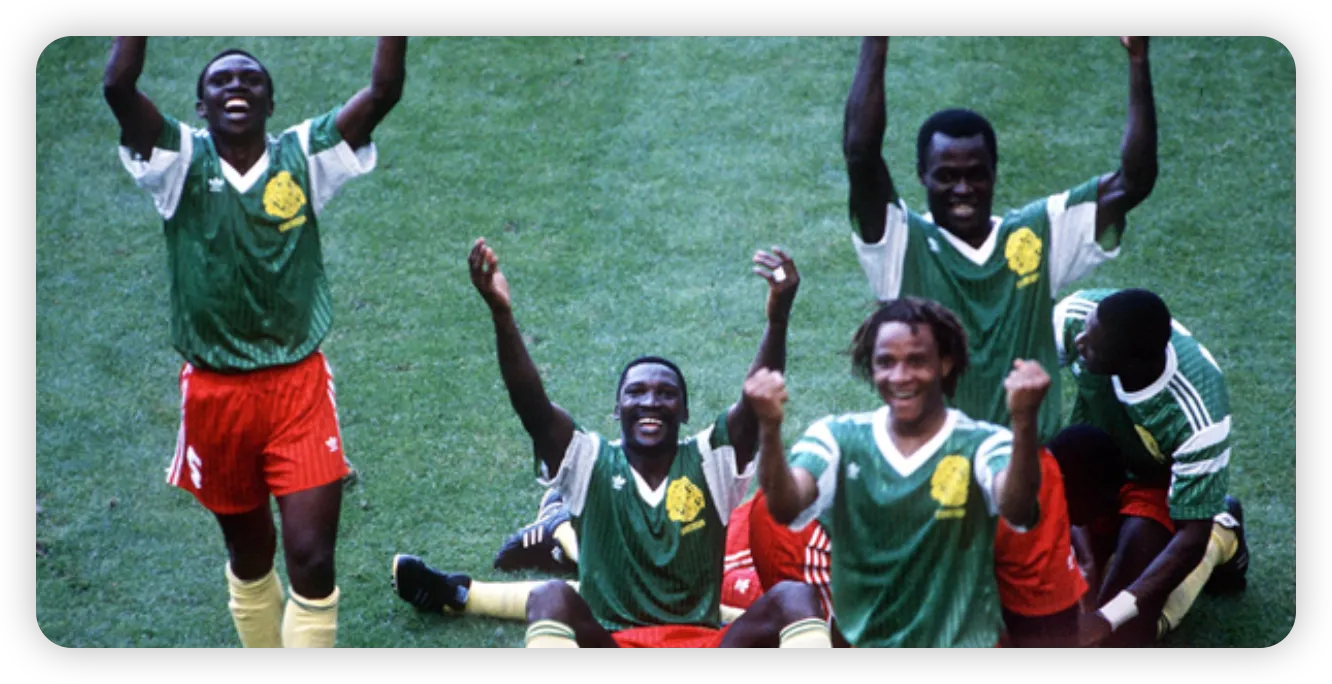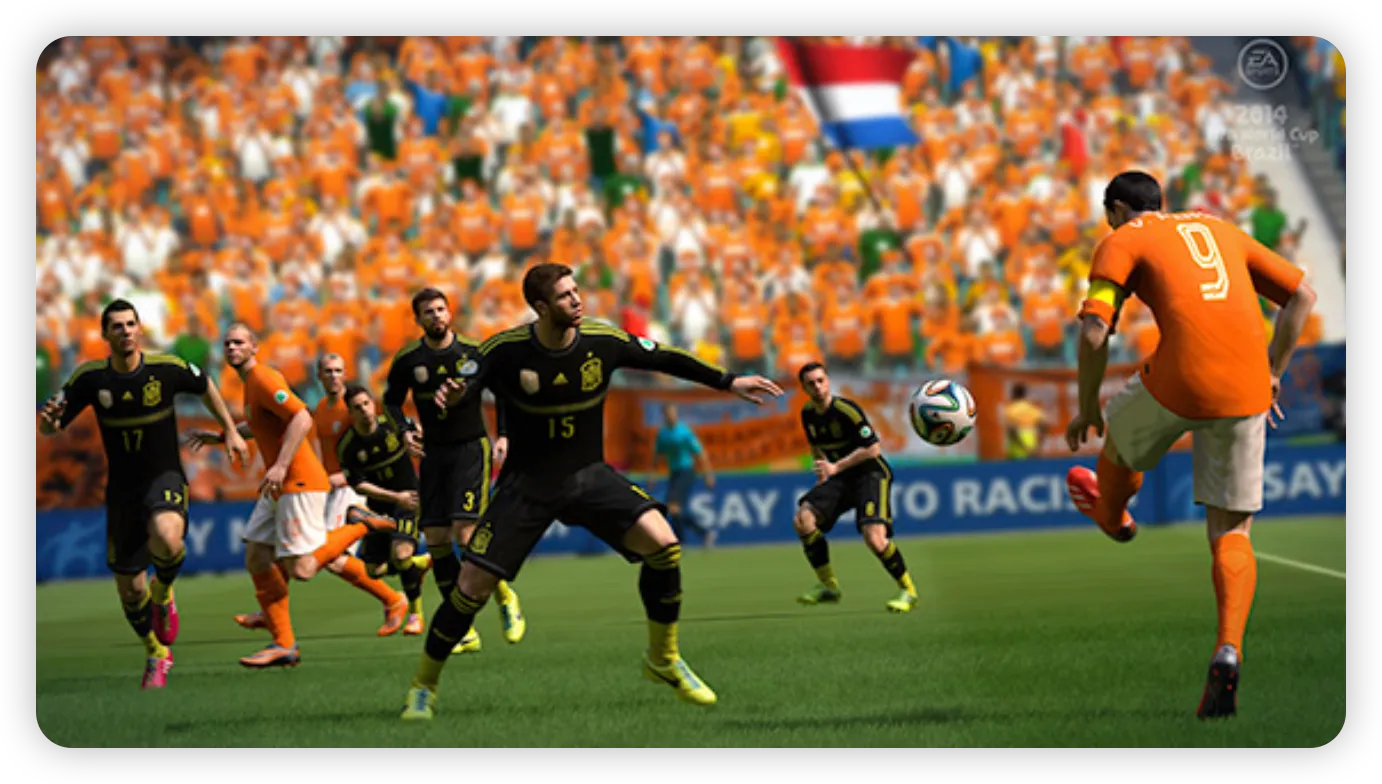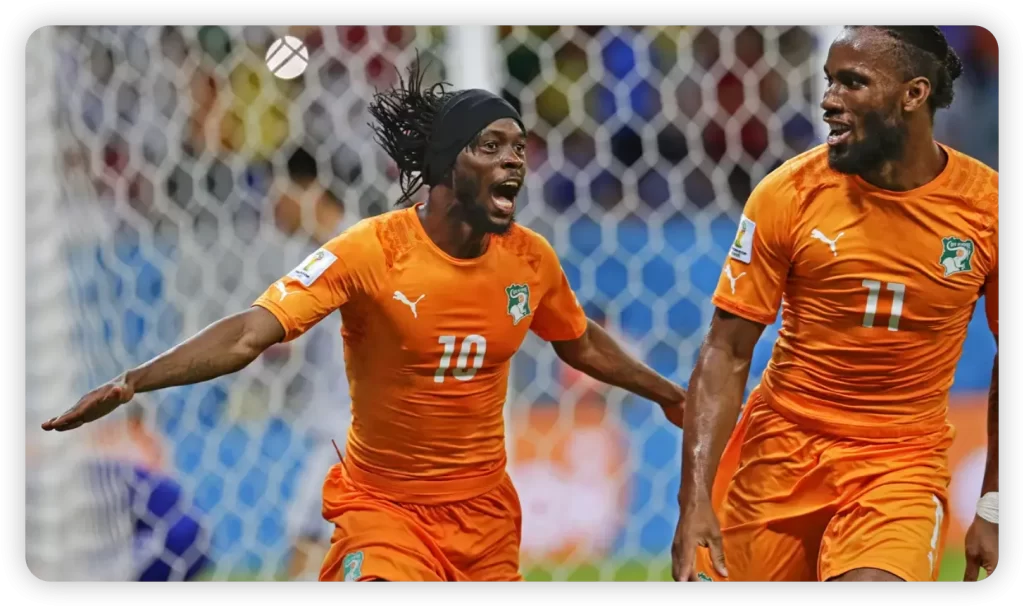The 2014 FIFA World Cup in Brazil was a tournament of shattered records, unexpected upsets, and unforgettable performances. From James Rodriguez’s meteoric rise to Germany’s historic demolition of Brazil, this edition had it all. Let’s dive deep into the numbers, trends, and stories that defined this spectacular event, exclusively on Jaya9.
Goal-Scoring Galore: Breaking Down the Numbers
The 2014 World Cup tied the record for the most goals scored in a single tournament with 171 strikes. But beyond the sheer volume, several fascinating patterns emerged:
- James Rodriguez etched his name in history by becoming the first player since Peru’s Teofilo Cubillas (1970-1978) to score in his first five World Cup appearances. His golden boot-winning campaign (6 goals) was a masterclass in clinical finishing.
- Substitutes made a massive impact, contributing 32 goals—the highest ever in World Cup history. This highlighted the growing importance of tactical depth in modern football.
- The tournament saw a remarkable 13.3% shot conversion rate, the highest since records began in 1966. Attackers were ruthless, and goalkeepers had little margin for error.

Goalkeeping Heroes and Historic Feats
While attackers stole headlines, goalkeepers delivered some of the most jaw-dropping performances:
- Keylor Navas (Costa Rica) was a revelation, saving 91% of shots on target (21/23). His heroics propelled Los Ticos to an improbable quarterfinal run.
- Tim Howard set a single-game World Cup record with 15 saves against Belgium, a performance so iconic it spawned the viral hashtag #ThingsTimHowardCouldSave.
- At 43 years and 3 days old, Colombia’s Faryd Mondragón became the oldest player to feature in a World Cup match, surpassing Roger Milla’s long-standing record.
Keylor Navas: The wall that nearly carried Costa Rica to the semifinals.
Tactical Trends and Regional Shifts
The 2014 World Cup marked a seismic shift in football’s power dynamics:
- CONCACAF’s Rise: For the first time, three teams from the region (USA, Mexico, Costa Rica) advanced to the knockout stages, signaling growing competitiveness beyond traditional powerhouses.
- Europe’s Struggle: Only six UEFA teams reached the last 16—a joint-low since 1986. Defending champions Spain suffered a humiliating group-stage exit, conceding seven goals in three games.
- Germany’s Tactical Mastery: Joachim Löw’s side blended high pressing with rapid transitions, culminating in a 7-1 semifinal thrashing of Brazil—the most lopsided result in World Cup knockout history.

The Fall of Giants and Emerging Stories
- Brazil’s Collapse: The hosts conceded 14 goals, including that infamous 7-1 loss to Germany. Neymar’s injury exposed their over-reliance on individual brilliance over cohesive teamwork.
- Netherlands’ Resurgence: Led by Arjen Robben and Robin van Persie, the Dutch finished third, avenging their 2010 final defeat with a pragmatic, counterattacking style.
- Algeria’s Breakthrough: Their 4-2 win over South Korea marked the first time an African team scored four goals in a World Cup match.
Legacy and Looking Ahead
The 2014 World Cup wasn’t just about stats—it reshaped football’s narrative. Germany’s triumph validated their youth development model, while the struggles of Spain and Brazil served as cautionary tales about complacency. As we reflect on these moments, one thing is clear: the World Cup remains the ultimate stage for footballing drama.
For more in-depth analysis and breaking football insights, stay tuned to Jaya9—your home for premium sports content. What was your favorite moment from Brazil 2014? Share your thoughts in the comments!

